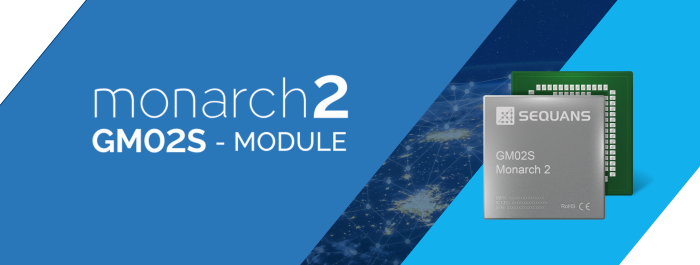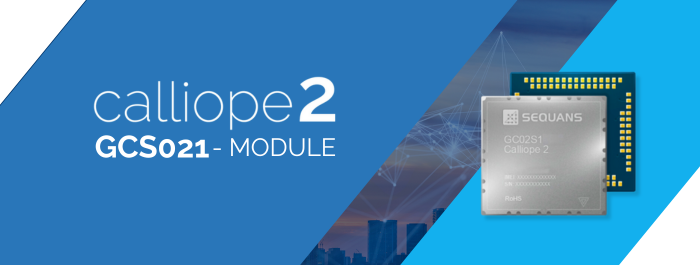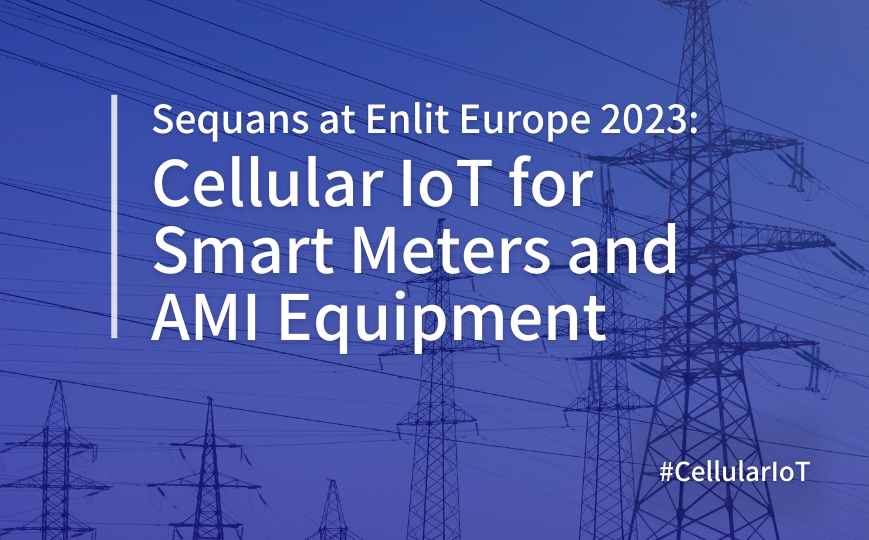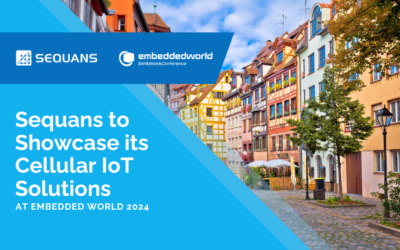Cellular IoT for Smart Meters and AMI Equipment
For several years analysts have been highlighting the great opportunity utilities have in connecting their smart meters with cellular. According to a recent report on smart grid by Juniper Research, 1.8 billion smart meter connections are forecasted to be deployed by 2027 and the vast majority of these will be wireless. The report also forecasts that hardware, connectivity, and service revenue from these smart meter deployments will exceed $60 billion in 2027, up from $41 billion in 2023. Although there are other wireless IoT technologies that can connect smart meters, only cellular technology, including LTE-M, NB-IoT, and Cat 1bis, can provide the range and longevity required by energy distribution networks.
LTE-M and NB-IoT growing in Europe
The use of LTE-M and NB-IoT to connect smart meters is growing rapidly in Europe. These LPWA technologies operate with very low power consumption, allowing them to operate for up to 20 years in the field without maintenance, and they offer a clear path to 5G. They provide various operating and energy saving modes to meet the different demands of electricity, gas, and water smart meters. They also provide robust coverage both in building and at cell edge, which is important for extended coverage in rural areas, and they can operate in private networks as well as public.
LTE-M for over the air upgrades
Many operators who deployed NB-IoT in Europe are now starting to look at using LTE-M because its higher throughput enables firmware updates to be delivered over the air much more rapidly—and thus with less power—than it can be done over NB-IoT. While NB-IoT is great for extremely low data rate communication, its use for updating devices creates serious battery life issues, nullifying one of the strongest advantages of LPWA technologies. This has created a demand for dual-mode LTE-M/NB-IoT solutions which allows NB-IoT to be used for data transmission and LTE-M to be used for device upgrades.
LTE Cat 1bis fills in the LTE-M/NB-IoT network gaps
Since the EU is quite fragmented in terms of LTE-M and NB-IoT deployment, another LTE UE category called Cat 1bis has come into play to serve areas where LTE-M and NB-IoT are not yet deployed. Cat 1bis is based on the original LTE Cat 1 standard but is now optimized for IoT by the elimination of one of its two antennae, which reduces both the component count and cost, and has now become a relevant solution for utilities, given its wide availability throughout Europe. Cat 1bis also provides the higher bandwidth needed to support new revenue streams from the provision of new electricity services in the home, such as those needed to power electric vehicles and solar panels. It also serves the needs of network aggregators where hundreds of smart meters may be concentrated, and in certain countries, such as Germany, where mandatory security requirements demand higher bandwidth. In these situations, Cat 1bis provides the best price/performance.
Smart grid of the future depends on cellular
It is very clear that the smart grid of the future will depend largely on cellular networks. No other technology can deliver the scalability needed to support billions of smart meters and enable new market actors, such as aggregators and other energy service companies, to offer new types of services to consumers, allowing them to adjust and conserve their energy consumption, improve grid efficiency, and move their utility networks closer to a modern energy future.
Sequans’ cellular IoT solutions for European utilities

- Dual mode LTE-M/NB-IoT module with global band support
- Supports public and private networks
- Industry lowest deep sleep power consumption at 1μA and best-in-class eDRX and PSM
- Power up to 23 dBm for improved coverage at cell edge and in-building
- Integrated eSIM capability, certified at CC EAL5+
- Power supply supports 2.2-5.5 V
- GNSS supported on Monarch 2 GM02SP
- Shares AT command set with Cat 1 bis Calliope 2 GC02S1
Learn more about Monarch 2 GM02S.

- LTE Cat 1bis module for European bands 1, 3, 8, 20, 28
- Supports public and private networks
- Cost-effective support for Cat 1 data rate (10 Mbps DL/5 Mbps UL)
- Industry lowest deep sleep power consumption at 1μA
- Integrated eSIM capability, certified at CC EAL5+*
- Power supply supports 3.2-5.5 V
- Shares AT command set with LTE-M/NB-IoT Monarch 2 GM02S
Learn more about Calliope 2 GC02S1-EU.
* available in future release
See Sequans at Enlit Europe, 28-30 November, Paris.






